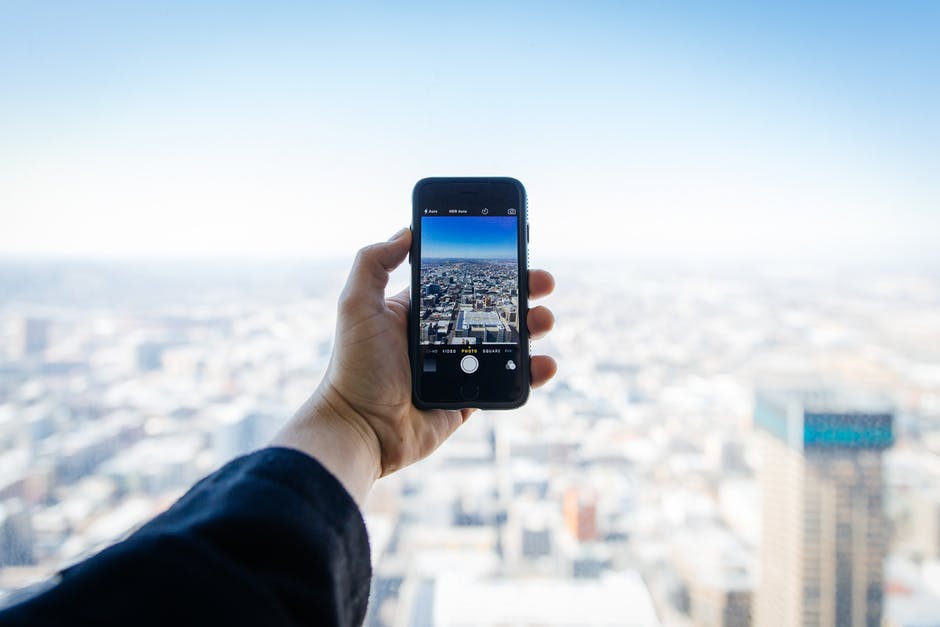The way we travel has profoundly changed over the last couple of decades. No longer do we need to meticulously prepare by digging out maps, carry large amounts of foreign currency on us, and queue to get a last-minute train ticket. We can book our tickets online in seconds, navigate cities that we’ve never seen before with the help of our smartphone, and even translate what the local grocery shop owner is telling us on the spot.
But it seems that it is time to go even further: The Internet of Things technology is again redefining the traveling experience.
The Internet of Things is Growing Fast
The Internet of Things (IoT for short) refers to the global network of connected smart devices that are able to communicate and exchange information through the internet. These interconnected devices open up new possibilities and are able to function without human monitoring. Even though the idea was first discussed back in the 1980s and 1990s, it took a long time until the tech finally caught up with the visionaries. Now, it seems it is getting bigger than many thought possible: There are already more IoT devices all over the world than there are people. It is estimated that in 2017 alone, 8.4 billion devices were used, which signals a 31% rise from 2016.
According to the same source, the number of IoT devices worldwide will reach roughly 20.4 billion by 2020, while the industry saw $772.5 in spending in 2018 – a rise of 15% compared to $674 billion in 2017. It is also projected that the total spending will reach $1 trillion by 2020 and $1.1 trillion the year after that. One of the main issues that developers worry about is API security, since IoT devices still have a lot of potential vulnerabilities that hackers could exploit. An API (Application Programming Interface) is the software that allows IoT applications and devices to communicate with each other, exchange information, and even control other devices. APIs, however, are vulnerable to popular hacker attacks like SQL injections, DDoS and XSS.
What Does IoT Mean for Travelers?
If the industry is able to adequately address these concerns, then IoT could truly revolutionize traveling. Travel applications that harness IoT tech could provide real-time information to travelers such as connecting flight delays and instructions on how to navigate the airport. They could also be used to tailor the traveling experience. Sensors installed in airplane seats could focus on measuring physical aspects like body temperature and anxiety level and readjust lights and temperature or alert the cabin crew.
Accommodation providers could use connected devices to allow travelers to tailor their room to their liking by scheduling the heaters, the television, or a wake-up phone call. Hotels could also use IoT to equip guests with electronic keys that would arrive on their smartphones and enable them to check in independently. Finally, by installing sensors around cities, especially on public transport and spots of significance to visitors, tourists could receive real-time information about their surroundings. This could help them navigate the city more easily, find their way around major sightseeing spots, and locate parking lots and public transport stops.
IoT is used across a variety of industries already, from smart homes to construction. As we move forward, more and more applications especially designed for traveling will optimize the tourist experience.

